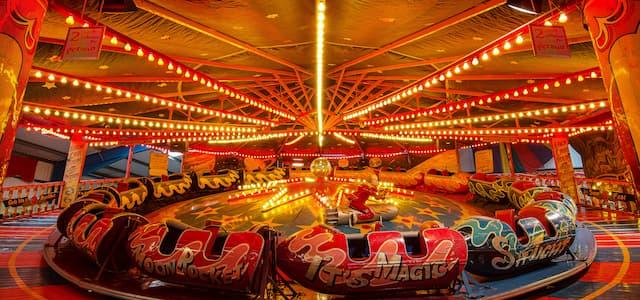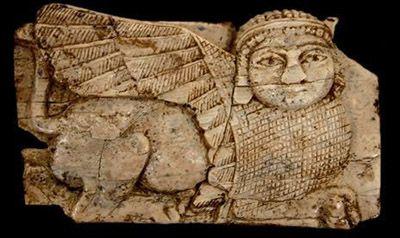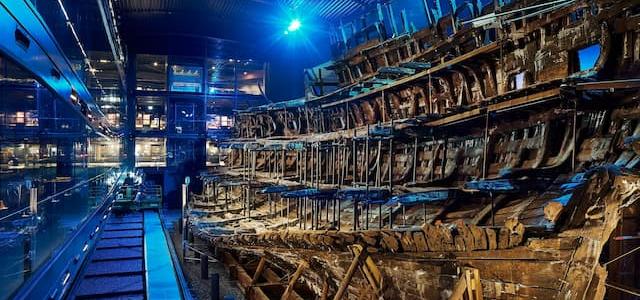
Generous donations allow the British Museum to acquire historic ivories from ancient Assyria
Today the British Museum announces a major new archaeological acquisition, made possible by generous support from donors including the British Museum Friends, the Art Fund and the National Heritage Memorial Fund (NHMF).

Grants totalling £1,170,000 have been donated to the British Museum to help save the Nimrud Ivories, the finest collection of carved, decorative ivories excavated in the Middle East. The majority of these funds have been raised with the support of the British Museum Friends and a six month appeal to members which saw over 1,800 members donate.
Some of these precious pieces of elephant ivory are nearly 3,000 years old and were excavated from Nimrud in modern day Iraq in the mid-20th century. These objects represent an important addition to the museum’s Middle East collection and form its largest acquisition since the Second World War. The British Museum already holds many objects in other materials from Nimrud, including the famous Assyrian reliefs, so the addition of the ivories will mean that the whole Nimrud collection can be seen together.
The ivories were excavated by the British School of Archaeology in Iraq, now the British Institute for the Study of Iraq (BISI), between 1949 and 1963, during what was arguably the most important British archaeological venture ever undertaken in the Middle East. It was led by Sir Max Mallowan, one of the UK's most celebrated archaeologists. His wife, Agatha Christie, was also part of the excavation team and wrote several of her novels while in Nimrud. In accordance with the practice at the time, the ivories were given to BISI as part of their share of the finds.
This collection tells a unique story about the way materials were used and traded in the Ancient Near East in the early first millennium BC, as well as highlighting the intimate involvement which Britain had with Nimrud. It represents a vital, and currently under-explored, resource for understanding the religion, society, economics and craft traditions of the Assyrian Empire. Since 1963 the ivories have been in storage and not accessible to the public.
The collection is comprised of nearly 1,000 numbered items, as well as a further 5,000 fragments or unnumbered pieces. These beautifully carved ivories, dating from the 9th-7th centuries BC, were mostly made in Syrian and Phoenician cities near the Mediterranean coast and were brought to Assyria in ancient times as booty or tribute. They formed the decorative elements of furniture, containers, chariots and horse trappings, many originally covered with gold foil and inlaid with stones. A large number are carved with intricate figural decoration of animals and humans, as well as floral and geometric motifs. One example shows a rearing winged griffin, with its paw resting on a lotus flower in Egyptian style. Another piece was probably made in Assyria and has incised decoration showing a frieze of wild goats on either side of a palmette.
The funding will cover the value of one third of the collection of ivories. BISI has very generously agreed to give another third to the British Museum’s collection as a gift. Some of the pieces will be on permanent display in the museum, while others will be available for travelling exhibitions. A collection of about 65 choice pieces, which forms the final third of the collection, remains in the possession of BISI and it is hoped that in the future these can be returned to Iraq.
David Norgrove, Chairman of the British Museum Friends said: “I am delighted that this remarkable collection has now been acquired by the British Museum. This would not have been possible without the huge generosity of the British Museum Friends. The response in just six months has been overwhelming and on behalf of the Museum I want to thank most warmly all the many people who contributed. This is another example of just how important the Museum's members are to its work.”
Stephen Deuchar, director of the Art Fund, said: “This collection of ancient ivories is truly inspiring. They’re the fruit of many years of painstaking excavation, research and conservation, and it’s only right that they should now be housed in a public collection for everyone to admire and learn from. The Art Fund’s core purpose is to help bring inspiring works, such as these, to the public and we’re fully behind this major acquisition for the British Museum.”
Carole Souter, Chief Executive, NHMF said: “It is wonderful to see these ivories saved for the nation – they are precisely the type of precious heritage that the National Heritage Memorial Fund was set up to safeguard.”
John Curtis, Keeper of the Middle East collections at the British Museum commented: “Nimrud is one of the most important sites in the Ancient Near East, and the carved ivories found there are amongst the finest products recovered from an archaeological excavation. These ivories tell us a great deal about the art and history of the Middle East in the early 1st millennium BC, and now they will be available for everybody to see and study. I am hugely grateful to BISI, the British Museum Friends, the Art Fund and the NHMF, for enabling us to purchase this collection”.

